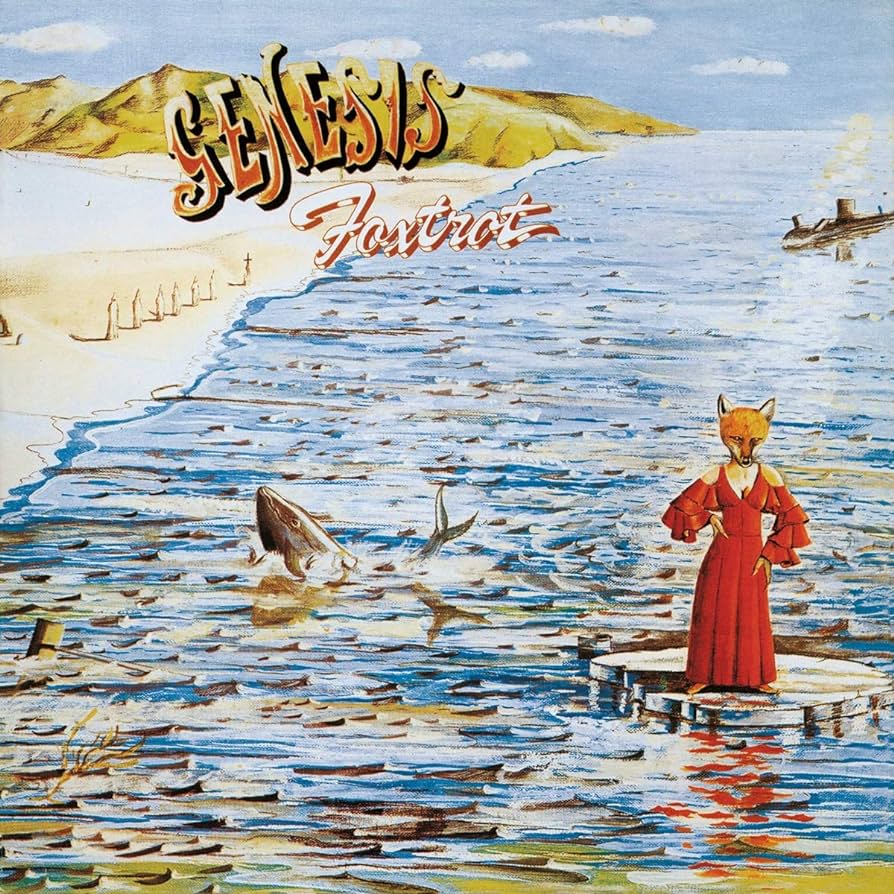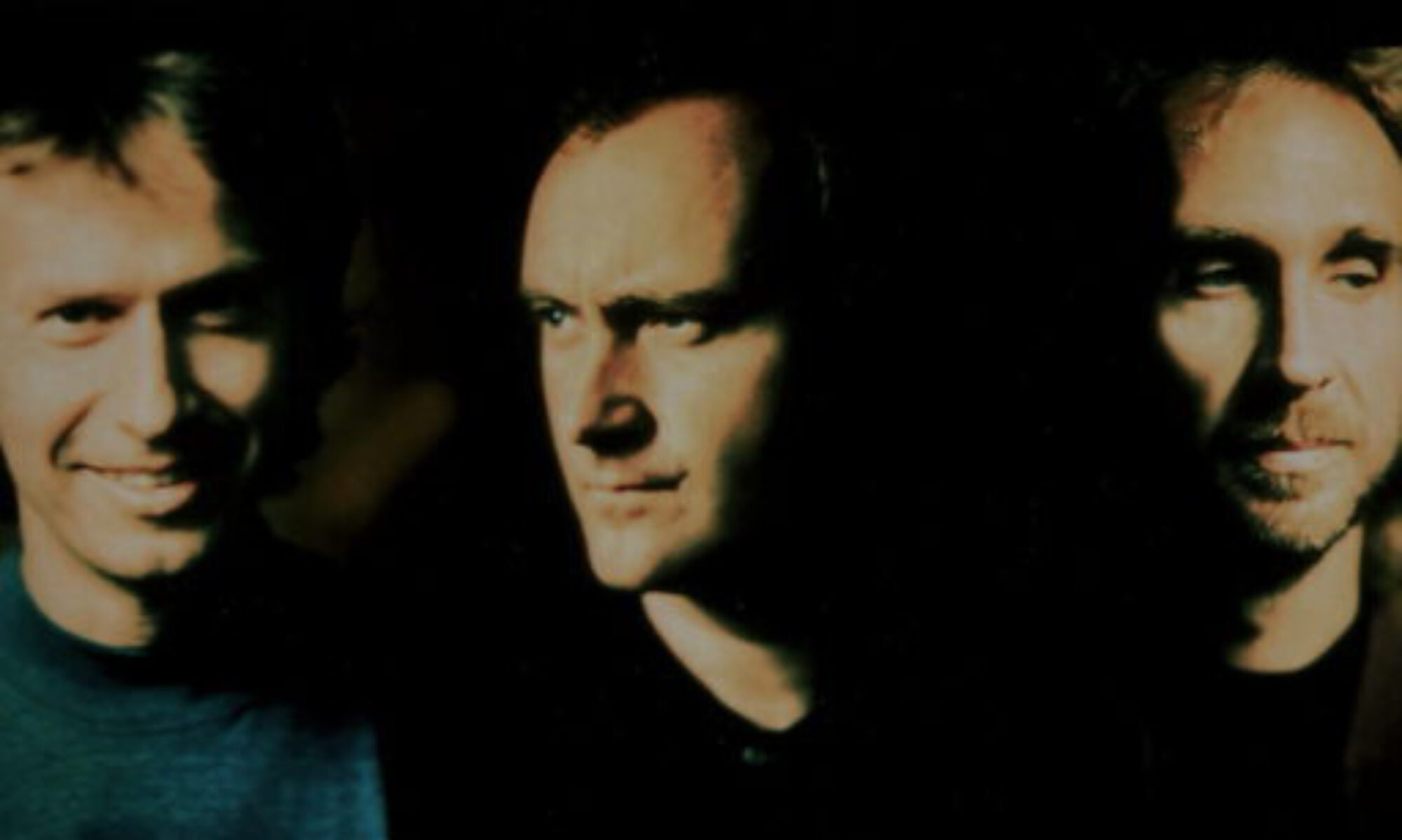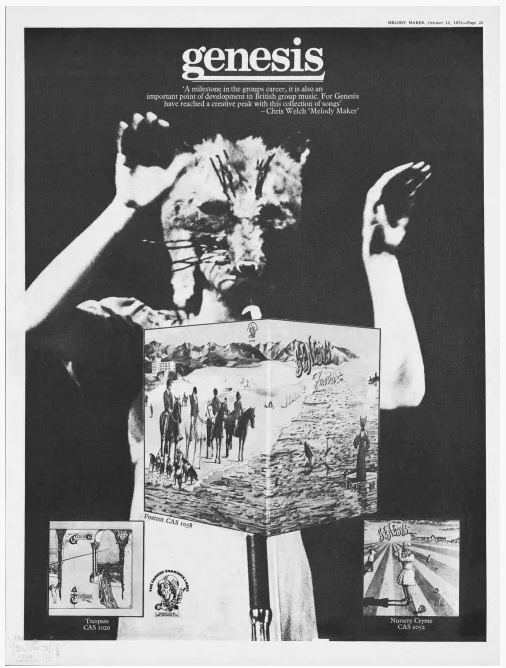On 28 September 1972, Genesis singer Peter Gabriel shocked both his bandmates and the audience in Dublin when he appeared during The Musical Box wearing a fox’s head and a long red dress, the same striking image that would grace the cover of Foxtrot.
Genesis before the costumes
In 1971, Genesis had released Nursery Cryme, establishing themselves as a progressive rock band with fantastical lyrics and complex time signatures. They had developed a cult following, but Peter Gabriel often struggled with how to communicate the band’s music and words to live audiences.
Even before he began dressing up in elaborate costumes, Gabriel experimented with make-up onstage and even shaved the top of his head. But by September 1972, he had a more daring idea.

‘Around the album ‘Foxtrot‘, we had a character on the sleeve which was in a red dress and a fox’s head‘, Gabriel explained. ‘So I borrowed a red dress of my wife and we got a fox’s head that I could wear and I arrived in Dublin with it.‘
The surprise in Dublin
The show took place at the National Stadium, a boxing ring in Dublin. During The Musical Box, Gabriel suddenly emerged in the long red dress and fox’s head. He hadn’t warned the band in advance.
‘He came out with the fox’s head and woman’s dress‘, Phil Collins remembered. ‘And it was: ‘What is he…? What the f…?’ I’ve read since in one of the fanzines that he deliberately didn’t tell anybody what he was going to do.’
‘I may have skirted around the issue with the band‘, Gabriel admitted. ‘It wasn’t something I was going to discuss thoroughly. I thought it would be yet another argument.’
Tony Banks later confessed, ‘We weren’t too sure about it. It seemed to distract from the music.’
But the gamble paid off. ‘Nevertheless it made the front pages of ‘Melody Maker’ and it put a nought on our earnings every gig‘, Phil Collins said.
The birth of a Genesis trademark
The Dublin show marked the beginning of Gabriel’s use of costumes, something that would soon become his trademark and help redefine the presentation of progressive rock.
The idea of theatrical frontmen wasn’t new. Jethro Tull’s Ian Anderson had already created his eccentric tramp-like stage persona, but Gabriel’s use of masks and costumes took it to another level. By the mid-1970s, theatricality had become central to the live shows of Genesis, Yes, and Rush.
Others drew parallels to Alice Cooper and David Bowie. For Gabriel himself, they were a way of presenting the songs, especially important for a group of shy public schoolboys who were not natural performers. The costumes allowed him to hide and transform into someone else.
With the release of Foxtrot in 1972, Genesis moved beyond cult status. They began to chart in Britain, gaining recognition in the music press and Gabriel’s stage outfits played no small part in their rise. They also, of course, would spark tensions within the band later on. But that’s another story.
Cover image: Genesis Foxtrot advertorial in Melody Maker, 14 October 1972
Sources
Literature
Banks, Tony; Collins, Phil; Gabriel, Peter; Hackett, Steve; Rutherford, Mike; Dodd, Philip (2007): Genesis. Chapter & verse. New York: Thomas Dunne Books/St. Martin’s Griffin.
Bowler, Dave; Dray, Bryan (1992): Genesis. A biography. London: Sidgwick & Jackson.
Hegarty, Paul; Halliwell, Martin (2011): Beyond and before. Progressive rock since the 1960s. New York: Continuum.
Holm-Hudson, Kevin (2008): Genesis and the lamb lies down on Broadway. Aldershot, England, Burlington, VT: Ashgate

